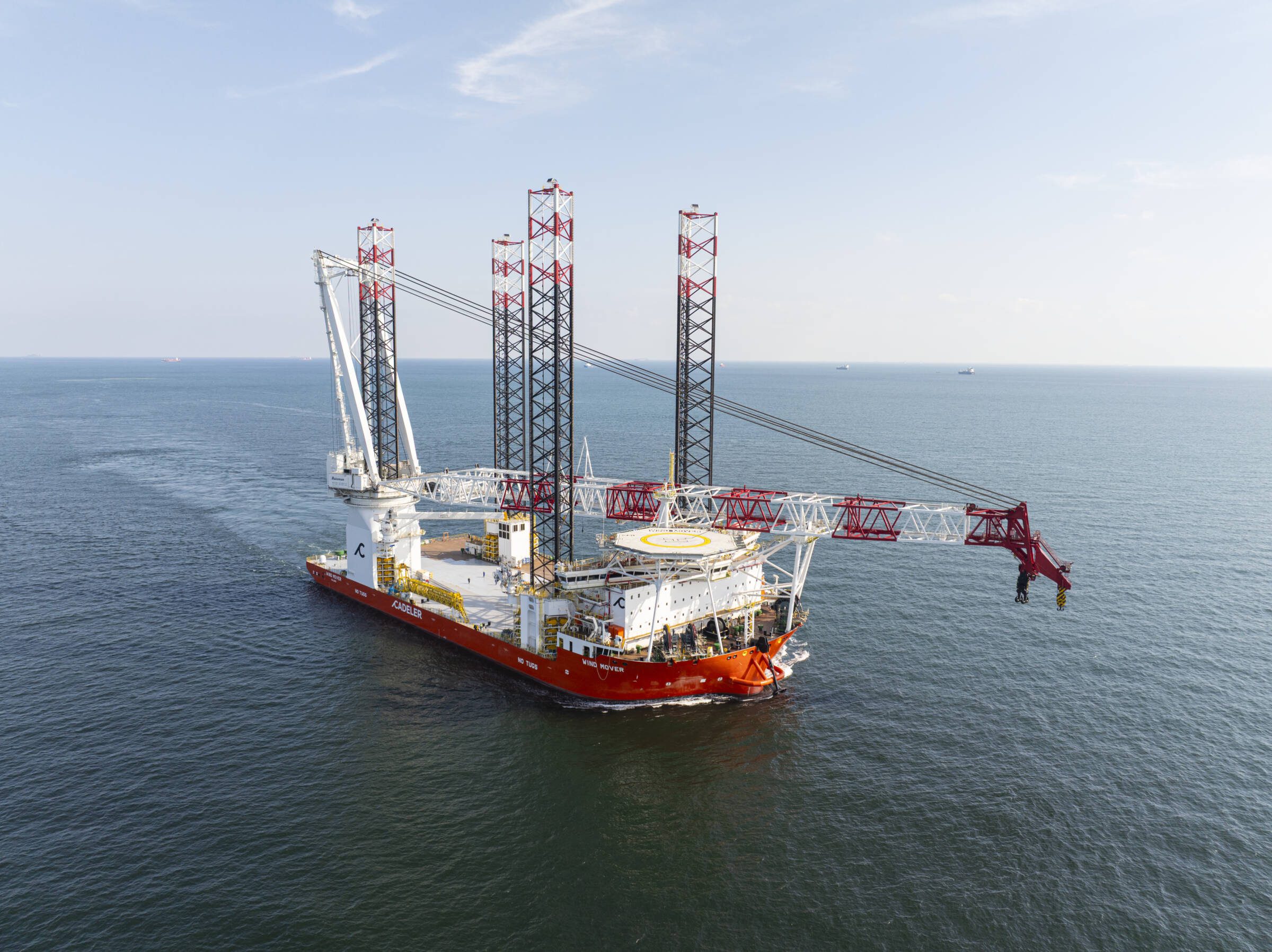By Julia Fanzeres and Alex Longley (Bloomberg) —
Oil extended its rally as the U.S. and U.K. said they plan to ban Russian oil imports while oil giant Shell Plc announced it will also halt purchases from the country.
Brent crude futures surpassed $132 a barrel while West Texas Intermediate rose to $128. The Biden administration is poised to impose a ban on U.S. imports of Russian energy as soon as Tuesday, according to people familiar with the matter. The ban will include Russian oil, liquefied natural gas and coal, according to two people who spoke on condition of anonymity. The U.K. plans to phase out all imports of Russian oil, a person familiar with the matter said.
The surge in oil has helped push retail fuel prices around the world higher. Gasoline is at a record in the U.S., according to the American Automobile Association and European diesel prices have also rocketed, underscoring the inflationary impact of higher energy costs.
With buyers already having largely shunned Russian oil, the move is seen as symbolic, said Rebecca Babin, senior energy trader at CIBC Private Wealth Management. But the formalized sanctions imply a “drawn out conflict”, and the will have “massive implications” for the energy market long term.
Shell said it will stop buying Russian crude on the spot market and will not renew its term contracts, unless directed by governments to do otherwise. It also said it will change its crude oil supply chain to remove Russian volumes, though this could take some weeks, and will lead to reduced throughput at some of its refineries.
Oil’s rally since Russia invaded the Ukraine has caused some of the main names on Wall Street lift their price forecasts. Goldman Sachs Group Inc. now sees Brent at $135 this year, up from $98 previously. JP Morgan & Co. said Brent could skyrocket to as high as $185 by the end of this year if current conditions continue. UBS Group AG said it sees $125 as a soft cap for prices, but that they could reach as high as $150 in the case of a prolonged war. The head of the IEA said that the agency can release additional supplies to cool prices if it needs to, and that it was disappointed by the actions of producers to stabilize crude so far.
“We might get a few corrections on the way but ultimately this is headed way, way higher,” Amrita Sen, chief oil analyst at consultant Energy Aspects, said in a Bloomberg TV interview. “I would say you need at least $150 if not higher for a material slowdown in demand growth.”
OPEC Secretary General Mohammad Barkindo warned that the world doesn’t have sufficient oil-production capacity to replace Russia’s contribution to crude markets, according to remarks at CERAWeek by S&P Global in Houston. At the same event, Chevron Corp. Chief Executive Officer Mike Wirth said that there’s no evidence of physical oil or gas shortages yet.
Some cracks are starting to show across oil markets as soaring costs begin to bite. Plastic makers in Asia are reducing activity, while refiners in the region are considering cuts to processing. Freight rates have surged, adding to increasing pressure on refiners that had just recovered from the pandemic.
Diesel remains the corner of the market that’s showing the most extreme tightness — particularly in Europe. Traders are paying a premium of more than $100 a ton for ICE gasoil futures relative to the April contract, an unprecedented level. Crude benchmarks also remain heavily backwardated.
–With assistance from Francine Lacqua.
© 2022 Bloomberg L.P.

 Join The Club
Join The Club











